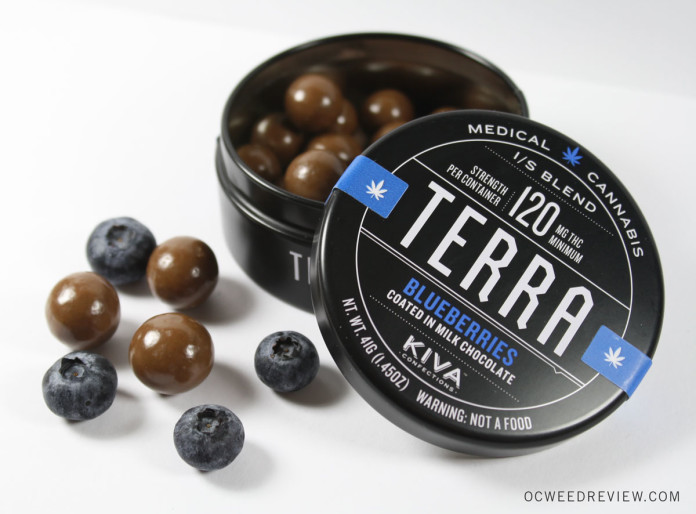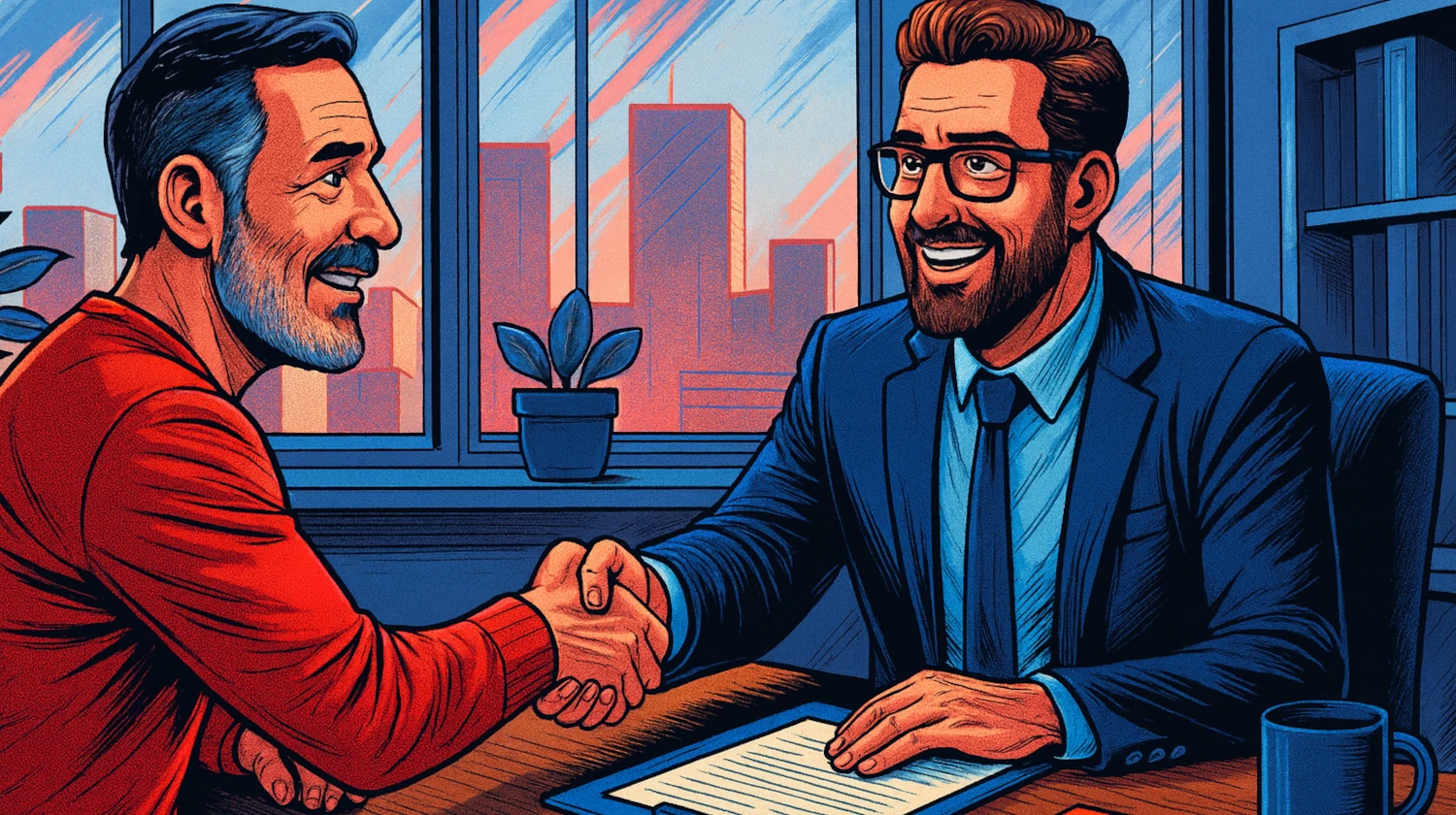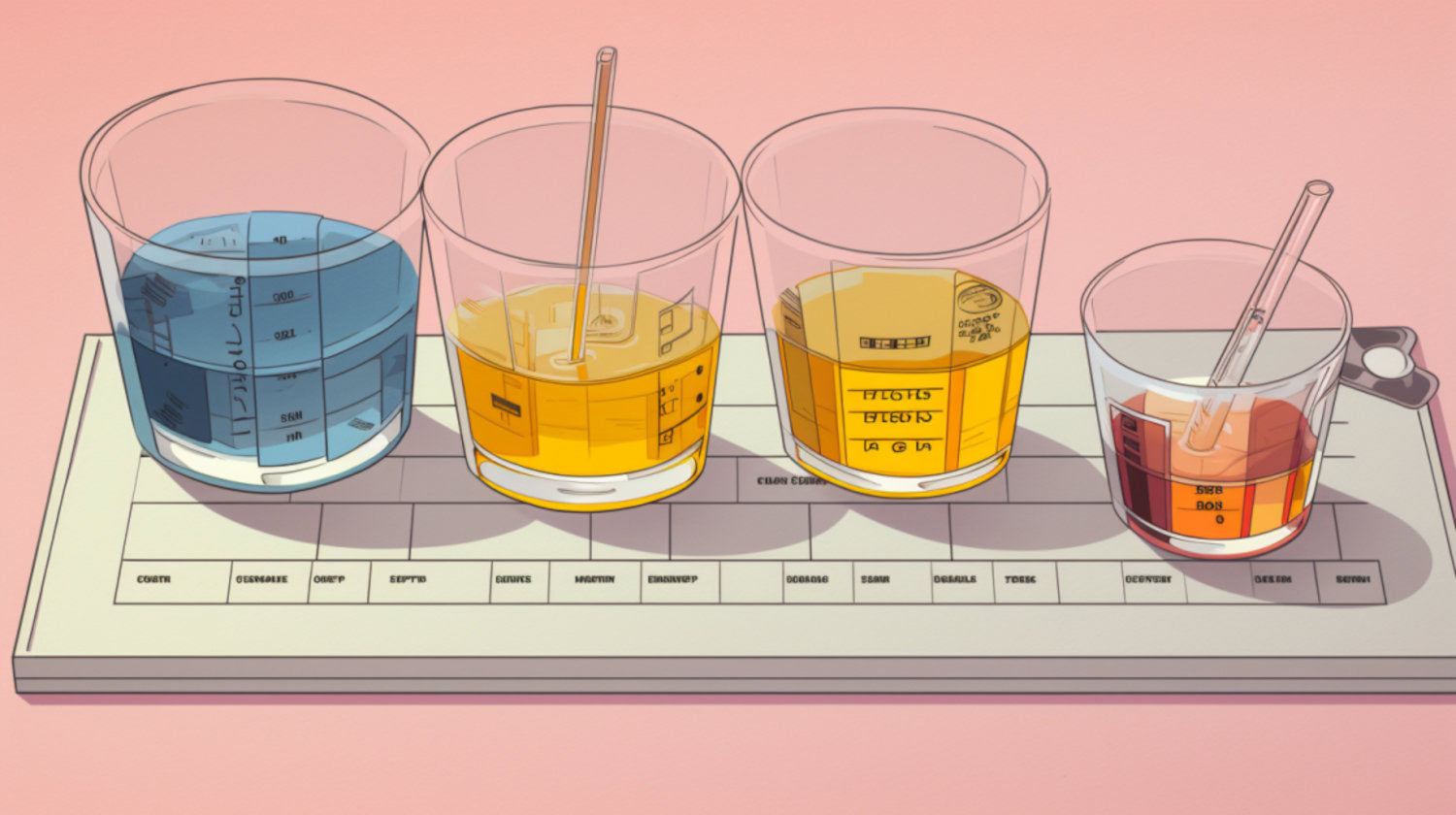Key Takeaways
- Contact highs occur when someone absorbs nearby THC smoke into their system.
- Secondhand high effects can resemble low-dose THC intoxication.
- In some rare cases, a contact high can trigger a positive drug test.
Secondhand smoke is often tied to the dangerous health effects associated with tobacco smoking. In the case of cannabis, secondhand smoke is often less dangerous but still may sometimes lead to some intoxicating effects.
Known as a “contact high,” this type of often unintended cannabis consumption is primarily low-risk for adults. However, there are some cases where a person may want to avoid it.
What is a Contact High?
A contact high, also known as a secondhand high, refers to the intoxicating effects produced by consuming cannabis smoke. Just like with smoking or vaping, a secondhand high occurs from inhaling THC, only in this case, it comes secondhand from someone else who is smoking. This effect typically takes place in settings where large amounts of the intoxicating compound are being consumed in confined spaces.1
A contact high may occur at home, but the phenomenon is also reported to occur at packed outdoor places, like smoke-outs and festivals. However, it is most likely to occur in smaller spaces like cars, with little to no airflow. This is often called hot boxing.
Secondhand exposure to THC may lead to similar intoxicating effects experienced when directly consuming cannabinoids. Some of the common pleasant effects and feelings include relaxation and enjoyment. However, a contact high may trigger some of the same negative effects associated with cannabis use such as:2
- Anxiety
- Temporary impairment of memory
- Temporary cognitive impairments
- Slowed reaction time
- Increase in heart rate
How Does a Contact High Usually Feel?

Whether inhaled directly or secondhand, THC acts as a partial agonist to the CB1 receptors within the brain. When exposed to THC at even low levels, some less-than-pleasant effects may occur for some individuals, such as minor anxiety and some impact on cognitive functions and coordination.2
A contact high's beneficial or adverse effects tend to be mild in most cases. The effects are often less substantial than those produced when directly consuming THC. Put simply, the effects of a contact high are the same as low-dose THC intoxication.
All of that is to say that a contact high is essentially just a mild high.
Contact highs aren't all that common. Most instances require high levels of cannabis smoke and poor ventilation, essentially trapping the THC with anyone in the room.
One 2015 study found that extreme exposure conditions could lead to non-smokers absorbing anywhere between 6% and 18% of the THC consumed by active smokers, producing a mild high and possibly a positive drug test.3
Another study conducted in 2015 noted that non-smokers reported no substantial effects when exposed to high levels of THC in a well-ventilated room.1
Why Can Weed Cause Contact High?
Contact highs are made possible due to THC, the most prevalent cannabinoid found in the cannabis plant. THC can activate specific receptors in the endocannabinoid system, most notably the CB1 and CB2 receptors found throughout the brain and body. THC binds to these receptors, producing a variety of intoxicating effects depending on the potency of the THC and other compounds consumed.
With secondhand highs, THC will bind to the CB1 receptors, creating a contact high with subdued but similar effects to direct THC consumption.2
Can You Fail a Drug Test From a Contact High?

Yes, it is possible to fail a drug test from a contact high, although occurrences are rare. In most cases, the consumer would likely need to be exposed to incredibly high levels of THC to trigger a positive test without direct consumption.
As one study noted, non-smokers exposed to THC smoke in confined, unventilated spaces absorbed some levels of THC but were generally low. No subject involved in this study triggered a positive test at the standard testing threshold. However, several subjects did trigger positive tests when subjected to lower thresholds.4 There is no word on the efficacy home tests have on detecting THC metabolites from secondhand smoke.
Similar to direct cannabis consumption, secondhand highs involve inhaling THC. This means that some THC metabolites will stay in the system for some period of time after the effects of a contact high have worn off. Unlike heavy THC consumption, where metabolites can last in the system for several days or months, metabolites found in secondhand highs tend to pass relatively quickly, often within a few hours to a day.4
How to Avoid a Contact High?
A secondhand high is a relatively low-risk experience. Still, it can be unwanted by many and can present trouble for anyone subjected to drug screenings.
There are plenty of reasons to avoid a contact high. Consider some or all of the tips below to minimize or eliminate such a risk.
Proper Ventilation
Proper ventilation appears to be the most effective way to eliminate the risk of a contact high or an overwhelming cannabis aroma. Keeping the air flowing is an excellent way to ensure that THC doesn't accumulate in any enclosed or tight space, producing a secondhand high for those not directly consuming cannabis.
There are a couple of methods that consumers can utilize to keep the airflow without much or any presence of THC:
- Using a fan or an open window will help keep the air circulating and flowing, reducing any THC concentration in the air.
- Some consumers have turned to air purifiers with filters that can remove smoke particles from the air.
Create Some Space
Consumers can minimize the risk by smoking outdoors. Outdoor smoking has virtually no chance of generating a contact high. However, heavy consumption settings, like outdoor smoke-outs and concerts, may be an exception.
If you can't or don't want to go outside for some reason, consider designating one area inside for smoking. Keep the consumption limited to the living room, bathroom, or somewhere away from other activities and people who don't want to smoke.
Whether designating a smoking area indoors or heading outside, the main point is to create distance. This is an excellent show of respect to anyone not looking for secondhand consumption unless they consent to it. If you are an individual looking to stay away from getting a contact high, do your best to keep out of any unventilated spaces where cannabis smoking is going on.
Smoke-Free Options
Another option to consider is choosing a smokeless option. While tons of cannabis smokers will always enjoy the act of smoking, there are a variety of consumption methods. If consumers want to eliminate the smoke, consider turning to a vape, edibles, or a tincture for a smokeless experience.
References
- Cone EJ, Bigelow GE, Herrmann ES, et al. Non-smoker Exposure to Secondhand Cannabis Smoke. III. Oral Fluid and Blood Drug Concentrations and Corresponding Subjective Effects. Journal of analytical toxicology. 2015;39(7):497-509. doi:https://doi.org/10.1093/jat/bkv070 ↩︎
- Martin-Santos R, Crippa JA, Batalla A, et al. Acute effects of a single, oral dose of d9-tetrahydrocannabinol (THC) and cannabidiol (CBD) administration in healthy volunteers. Current pharmaceutical design. 2012;18(32):4966-4979. doi:https://doi.org/10.2174/138161212802884780 ↩︎
- Herrmann ES, Cone EJ, Mitchell JM, et al. Non-smoker exposure to secondhand cannabis smoke II: Effect of room ventilation on the physiological, subjective, and behavioral/cognitive effects. Drug Alcohol Depend. 2015;151:194-202. doi:10.1016/j.drugalcdep.2015.03.019 ↩︎
- Cone EJ, Bigelow GE, Herrmann ES, et al. Non-smoker exposure to secondhand cannabis smoke. I. Urine screening and confirmation results. Journal of analytical toxicology. 2015;39(1):1-12. doi:10.1093/jat/bku116 ↩︎
The information in this article and any included images or charts are for educational purposes only. This information is neither a substitute for, nor does it replace, professional legal advice or medical advice, diagnosis, or treatment. If you have any concerns or questions about laws, regulations, or your health, you should always consult with an attorney, physician or other licensed professional.




